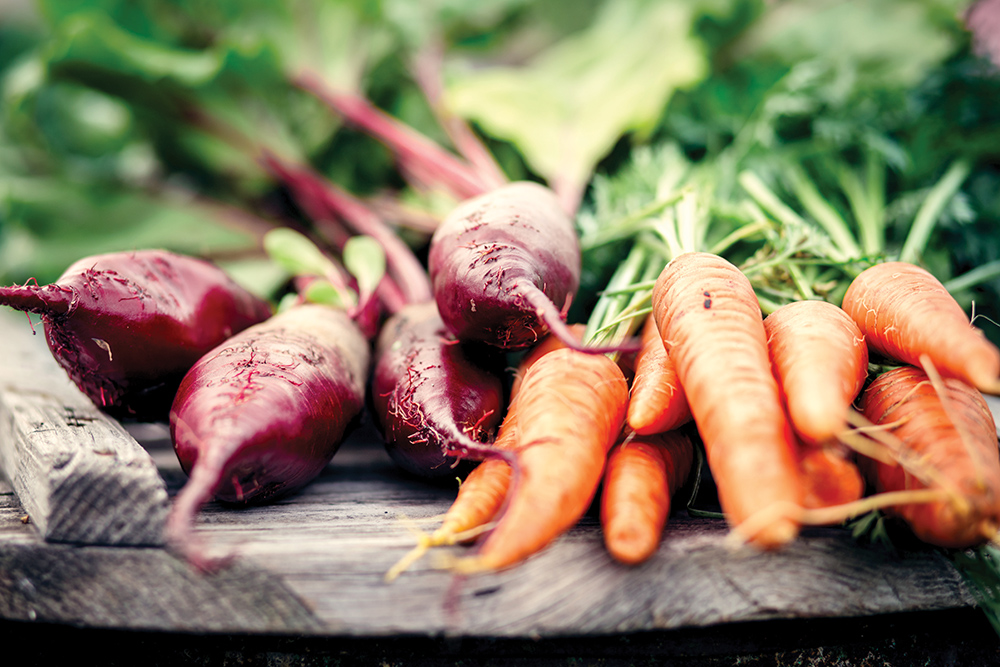CONTRIBUTED BY ACES / WRITTEN BY JUSTIN MILLER
For those hoping to have a fall vegetable garden this year, it’s time to get on it. It will soon be too late to plant. If you are running a little behind, there is no need to worry. An Alabama Cooperative Extension System agent is here to help.
GETTING STARTED
First things first. Get the garden plots ready for the fall crops. Brian Brown, an Alabama Extension home grounds, gardens and home pests regional agent, said gardeners can plant their fall crops in the same place they had their summer garden. However, there are a few cleaning steps they will need to take.
“To clean up your garden plot from its summer crops, pull up any spent plants, as well as any weeds,” Brown said. “Then, till the garden to a depth of approximately 6 to 8 inches. You can also incorporate a complete fertilizer into the soil when you till.”
PLANTING FALL VEGETABLES
Ideally, gardeners would need to start fall crops in August or September. However, planting can be done up until mid-October, depending on the area of the state. Brown said gardeners in south Alabama can plant a few weeks later than those in north Alabama can.
“To determine when to plant, find your location’s average first freeze date, then count back the time to harvest for the particular crop you are planting,” Brown said.
While some may think fall is a scarce growing season, there are actually many vegetable crops that can be grown. Some of the more popular crops include cabbage, lettuce, kale, broccoli, cauliflower, carrots, Brussels sprouts, mustard greens, spinach, radishes and turnip greens.
According to Brown, while people can plant transplants, most fall gardening is done through direct seeding.
“It is important to remember that direct-seeded crops will need to be kept moist until they have emerged,” he said. “Once they emerge, you should water deeply with approximately 1 inch of water per week.”
The October section of the Alabama Gardener’s Calendar provides a list of items that gardeners can do during the month. For those wishing to plant vegetable seeds, the following list breaks down items by three geographical areas of the state:
South – October is the last fall month to plant the winter garden. Plant carrots, collards, kale, mustard, onion seeds, radishes, spinach and turnips. Plant Swiss chard in early October.
Central and South – Continue planting winter-hardy crops such as beets, carrots, collards, kale, parsley and spinach.
North – Plant onion seeds and radishes in early October.
For gardeners that are going to plant winter-hardy vegetable transplants, they can continue to do this throughout the month of October.
EXTENDING THE GROWING SEASON
Many of the fall vegetable crops are hardy enough to withstand a frost. Also, if the winter temperatures are mild enough, there are some vegetables that can grow and produce on into the spring. Brown said there are a few measures that gardeners can take to potentially protect their crops from frost.
“Alabama has relatively mild winters, so giving your plants a little bit of frost protection can help extend the growing season,” Brown said. “You can use something like a cold frame, row covers or something as simple as a milk jug to protect your crops from frost.”
MORE INFORMATION
Time is limited, so grab the tiller and get started. More information on fall gardening is available in the Alabama Extension publication Basics of Fall Vegetable Gardening. Other gardening resources are available at www.aces.edu. Individuals can also contact their local Extension office for help.

